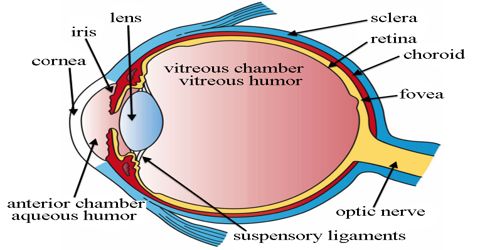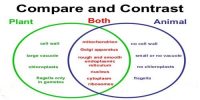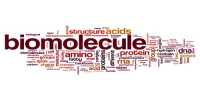We can see everything around us with eyes. We have a pair of eyes placed inside the orbit, in front of the skull. The eyes are positioned inside the orbit with the help of six muscles. These muscles help us move the eyeballs. What we call tear is the secretion of water from the eye. Where does this tear come from? The water secreted from the tear glands is known as tear. Tear keeps the eye moist and it cleans the eye by washing away dirt. The eye is in fact a part of skin. The cells of skin turn transparent at the front of the eye and opaque at the back. As a result, human eves act like a, small camera. The are described below:

Eyelids: They are the outer covering of the eye. Eyelids can he opened and closed. They close to keep dirt away from the eyes.
Conjunctiva: The thin and transparent membrane covering the visible part of the eye is called conjunctiva.
Eyeball: This is a spherical, ball like structure. Eyeballs are placed inside the orbits. They are composed of three layers,
(a) Sclera: The white, tough, outer layer of the eyeball is known as sclera. It helps maintain the shape of the eye. No light can pass through it. The shiny layer in front of the sclera is called cornea. It is transparent. It allows light to enter the eye.
(b) Choroid: The mid layer of the eyeball is choroid. It is a dense pigmented layer. It contains many blood capillaries.
- Irish: The black and round membrane situated at the hack of cornea is called iris. It is a round, opaque and pigmented membrane. There is a whole in the middle of iris which is known as pupil. Iris is made of muscles. The contraction and relaxation of these muscles can dilate and contract the pupil. As a result, light rays can enter the retina.
- Lens: There is a biconvex lens behind the pupil. The lens is elevated in the middle and narrows at the top. The lens is held with the choroid by ciliary muscles. These muscles contract and relax to change the shape of the lens.
(c) Retina: This is the innermost layer of the eyeball. It is a light sensitive layer, which consists of rod and cone cells.















